
Check out our coverage of the American Diabetes Association's 85th Scientific Sessions!

Check out our coverage of the American Diabetes Association's 85th Scientific Sessions!
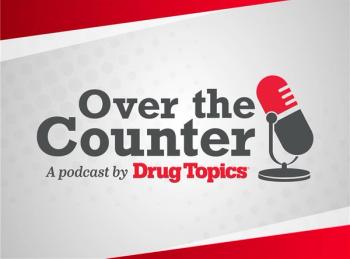
Following his presentation at the American Diabetes Association’s 85th Scientific Sessions, Jon Easter caught up with Drug Topics to discuss the pharmacists’ role in diabetes management.

Patients who used the Bigfoot Unity Diabetes Management System had glycemic control and reduced diabetes distress.
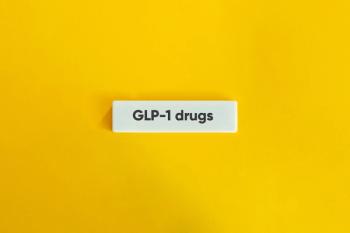
Researchers explored patients with type 1 diabetes and overweight or obesity to understand the efficacy and safety of GLP-1s as adjunctive therapies.

In a recap of his presentation at the American Diabetes Association’s 85th Scientific Sessions, Jon Easter, RPh, discussed the role of pharmacists in team-based diabetes care.
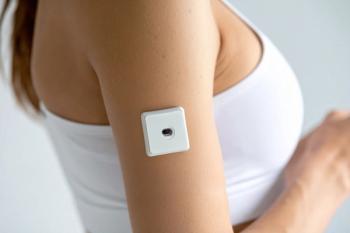
In an abstract presented at the American Diabetes Association 85th Scientific Sessions, researchers tested the effectiveness of an AI-driven program for improving glycemic control.

Jon Easter, RPh, discusses pharmacists’ ability to improve patient engagement in diabetes care following his presentation at the American Diabetes Association’s 85th Scientific Sessions.

Jon Easter, RPh, joined Drug Topics to discuss pharmacists’ roles within health care teams following his presentation at the American Diabetes Association’s 85th Scientific Sessions.

Clinical pharmacists transform diabetes care by leveraging manufacturer-sponsored patient assistance programs to dramatically improve medication access.
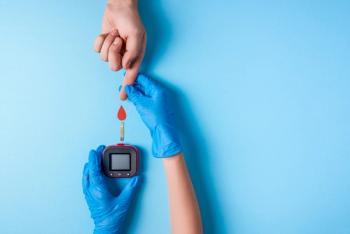
An ambulatory care pharmacist program in Washington State dramatically improved diabetes management by reducing A1c levels, increasing medication adherence, and providing comprehensive patient education.
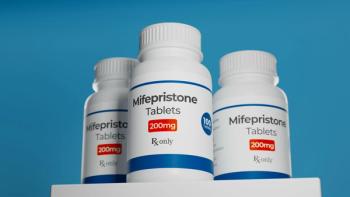
Results from the CATALYST trial showed patients who received mifepristone had a mean HbA1c reduction of 1.47%,

Nathan Ramsbacher, PharmD, emphasizes that one of the most significant barriers to clinical quality is patients' inability to access crucial medications due to cost.

From 2019 to 2024, GLP-1 prescriptions among pediatric patients with type 2 diabetes increased from 12.3% to 60.9%.
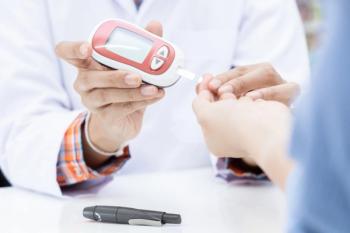
The most frequent barriers to access to glucagon include cost, patient health literacy, and insurance coverage.
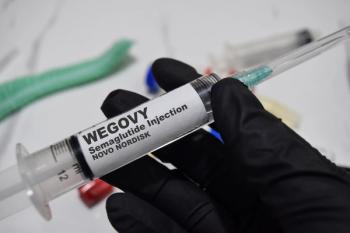
Researchers explored the prevalence of obesity-related complications and obesity medication use in US children and young adults with obesity.
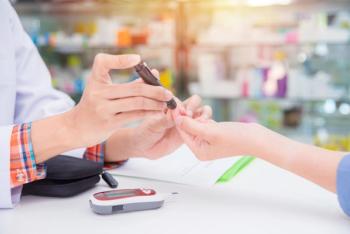
The initiative focuses on managing medications for high-risk diabetes patients through a collaborative drug therapy agreement.

Researchers presented an abstract describing current racial disparities in CGM access and wear time to better inform quality improvement efforts.
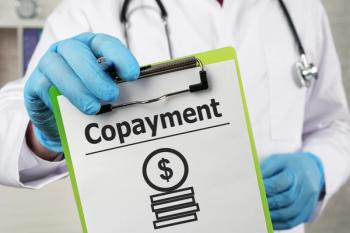
Researchers explored the impact of a $0 copay program on hemoglobin A1c levels in patients with type 2 diabetes who were also insured by Blue Cross and Blue Shield of Louisiana.

In a retrospective study of obesity-related mortality, researchers explored US death trends before, during, and after the COVID-19 pandemic.

Data presented at ADA 2025 showed patients who received outreach from a clinical pharmacist were more likely to be prescribed safer diabetes regimens.
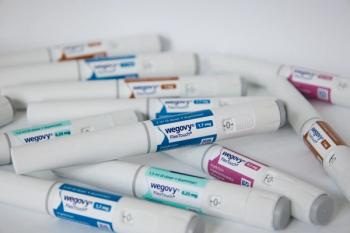
In a real-world, 6-month analysis, glucagon-like peptide-1 programs with obesity telemedicine behavioral programs resulted in benefits to weight loss and blood pressure.

When compared with adults 45 years and older, those 18 to 44 years are less likely to receive treatment or achieve target goals for cardiometabolic risk factors.
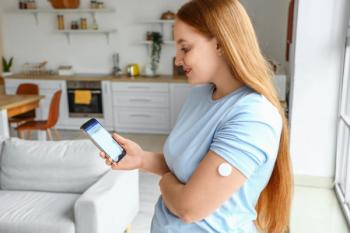
Investigators assessed continuous glucose monitoring with behavioral intervention for patients with type 1 diabetes.
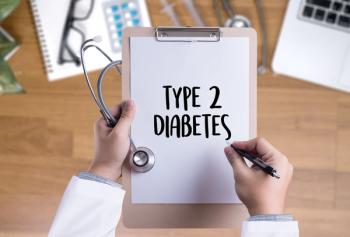
Data presented at ADA’s 85th Scientific Sessions showed patients who received physician education with clinical pharmacist outreach had significantly better A1c levels at 6 months compared to usual care.
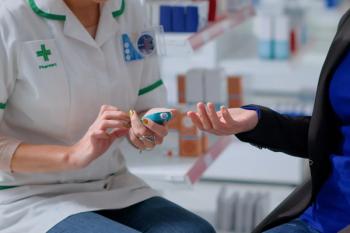
Abstract researchers explored whether or not a pharmacist could serve as the lead of a diabetes coaching program, aiming to reduce medical expenditures and A1C levels for at-risk patients.

Six abstracts presented at the American Diabetes Association 84th Scientific Sessions explored how different interventions or factors can impact type 2 diabetes (T2D) management.
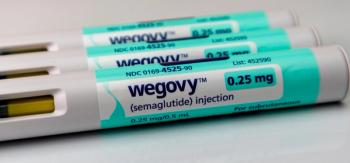
Three posters presented at the American Diabetes Association 84th Scientific Sessions examined GLP-1 use and cardiovascular disease risk in several different patient populations.
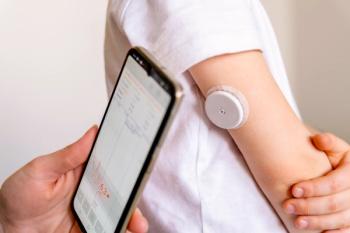
A pilot study presented at the American Diabetes Association 84th Scientific Sessions showed that CGM technology could produce reliable results without complications in children with leukemia/lymphoma at risk for hyperglycemia.

Three posters presented at the American Diabetes Association 84th Scientific Sessions looked into the current landscape of GLP-1s.

Research presented at the American Diabetes Association 84th Scientific Sessions suggests a population approach to CGM use could be beneficial.